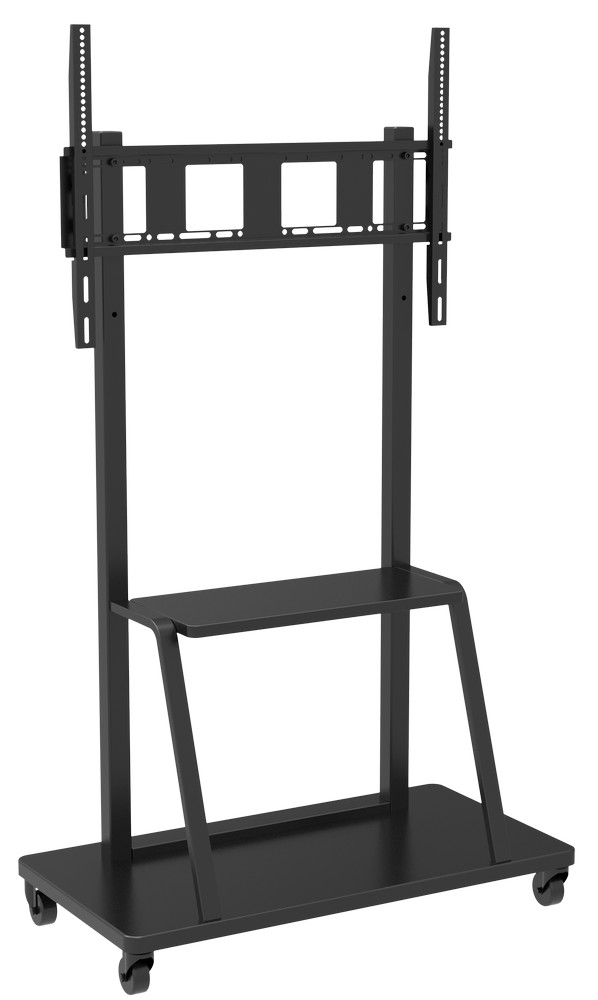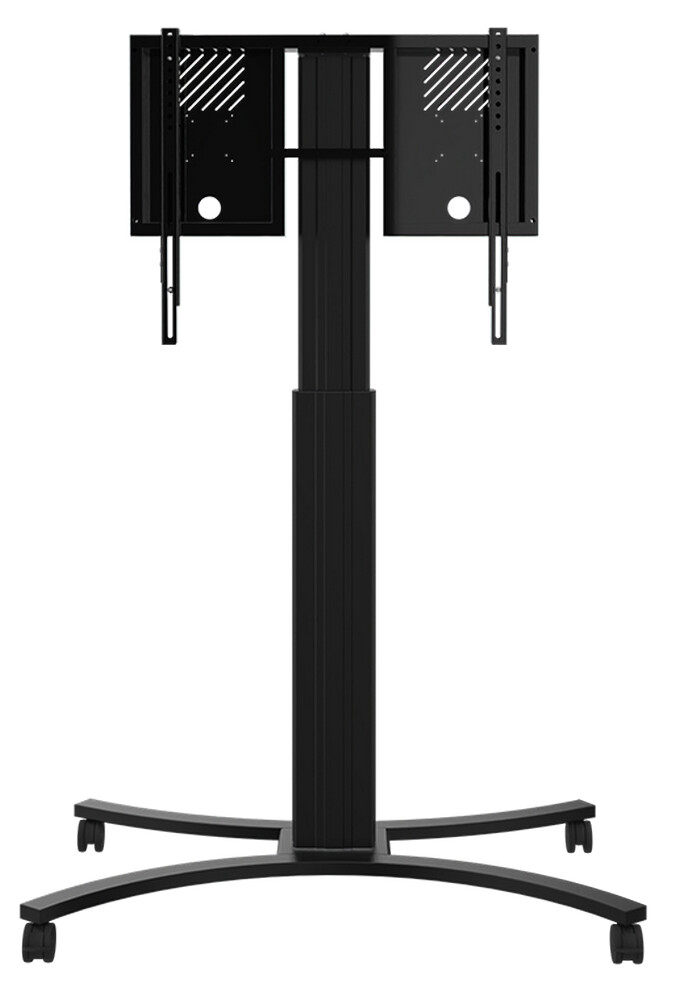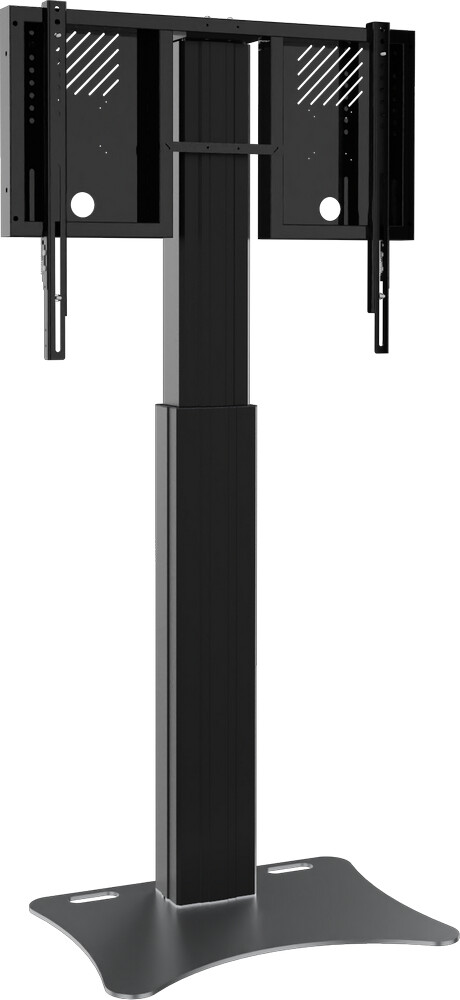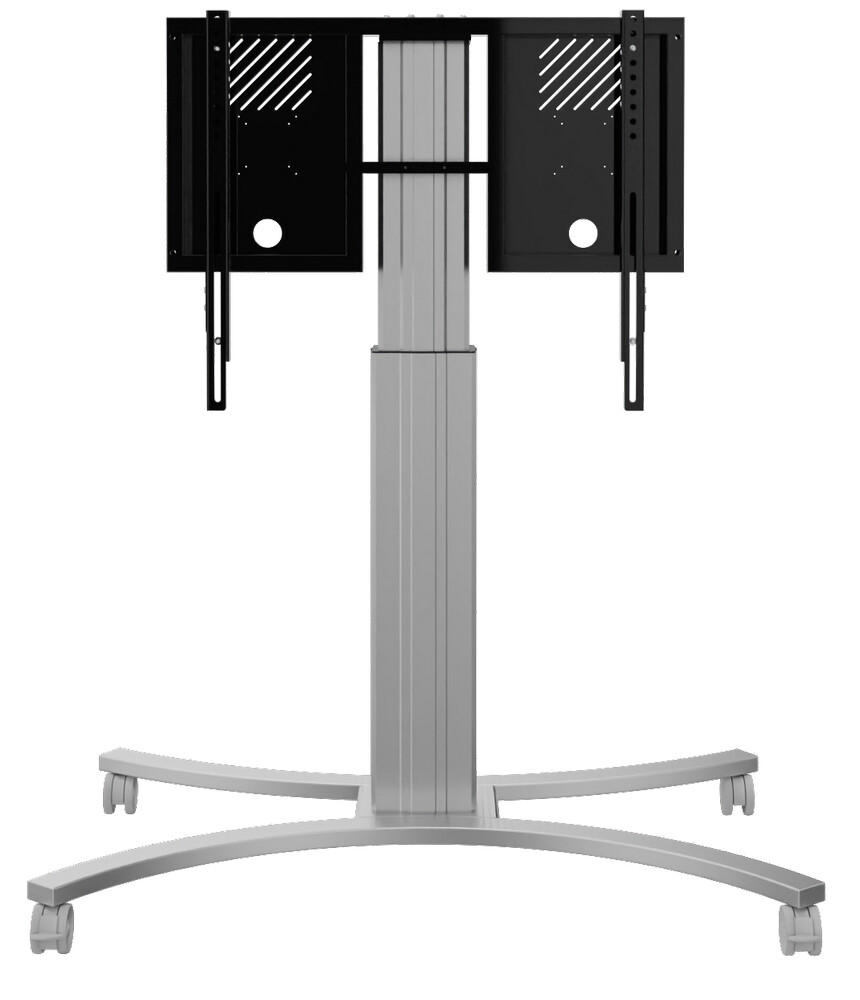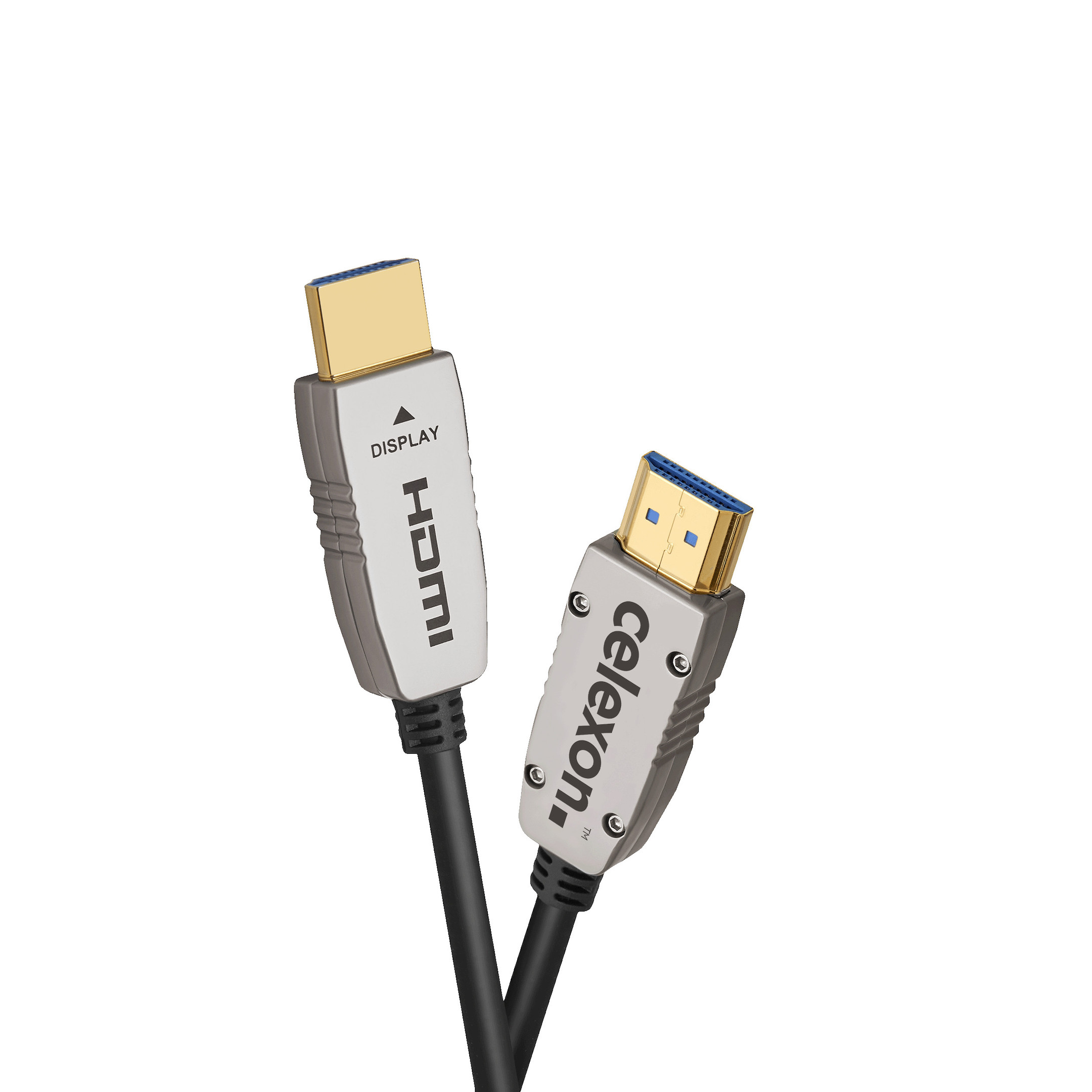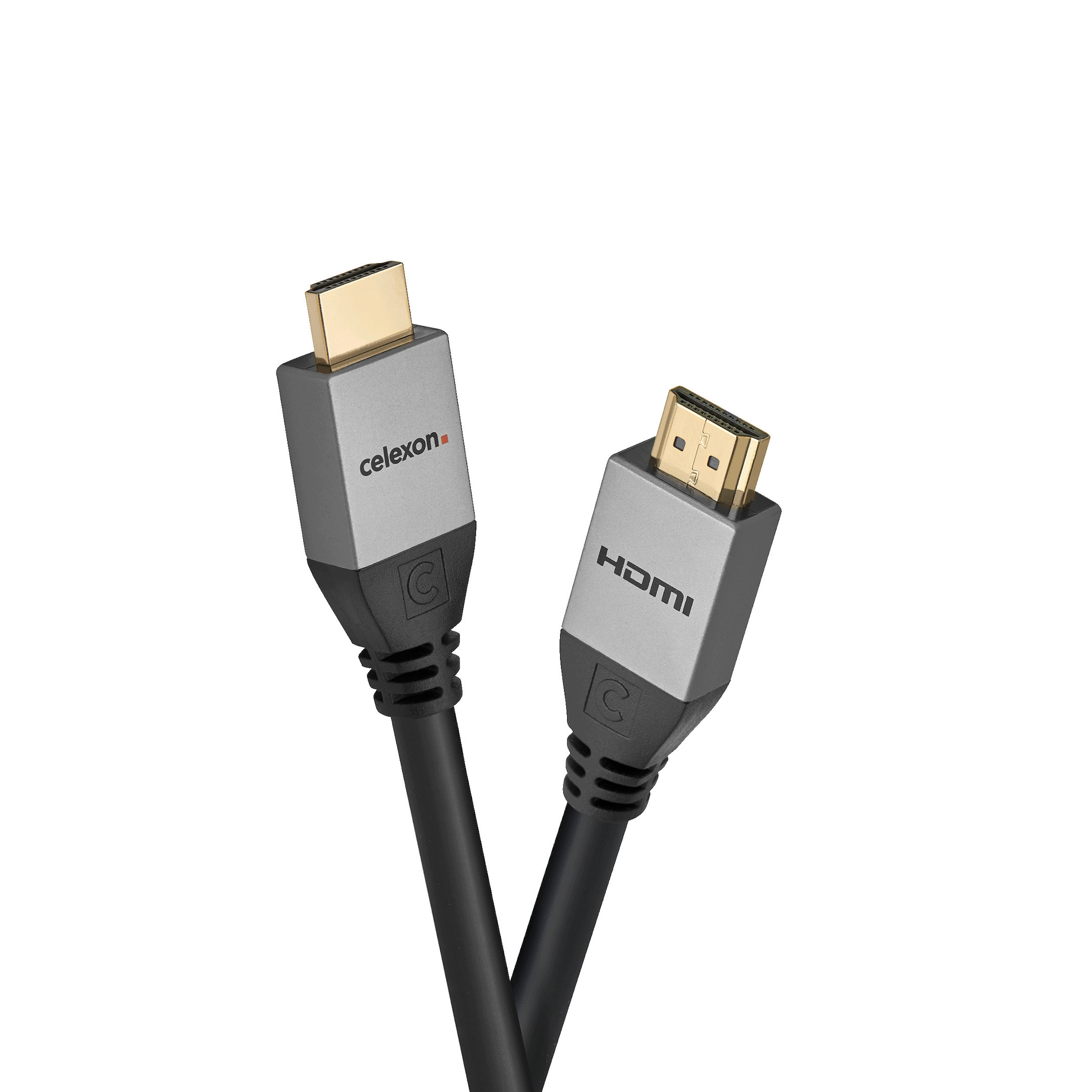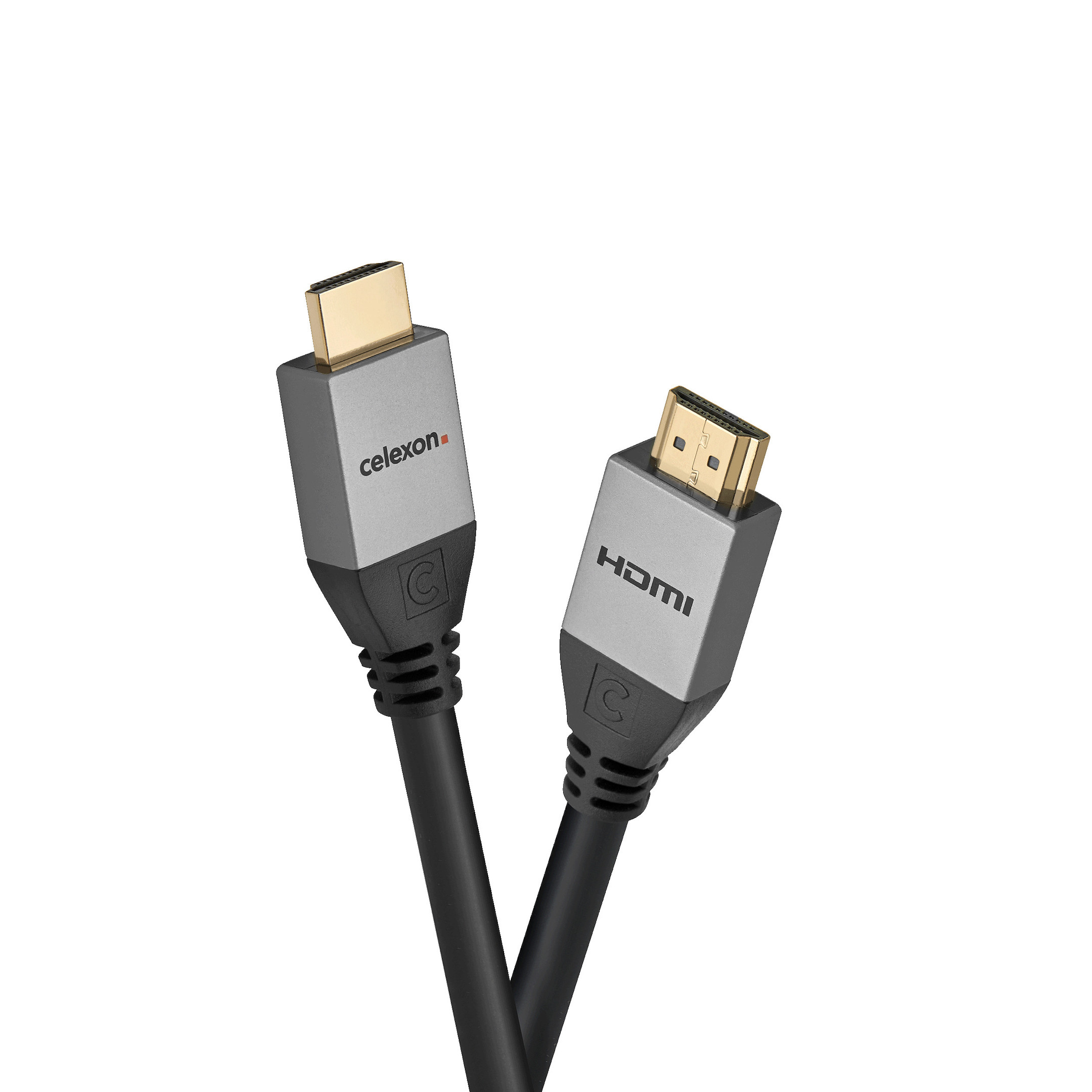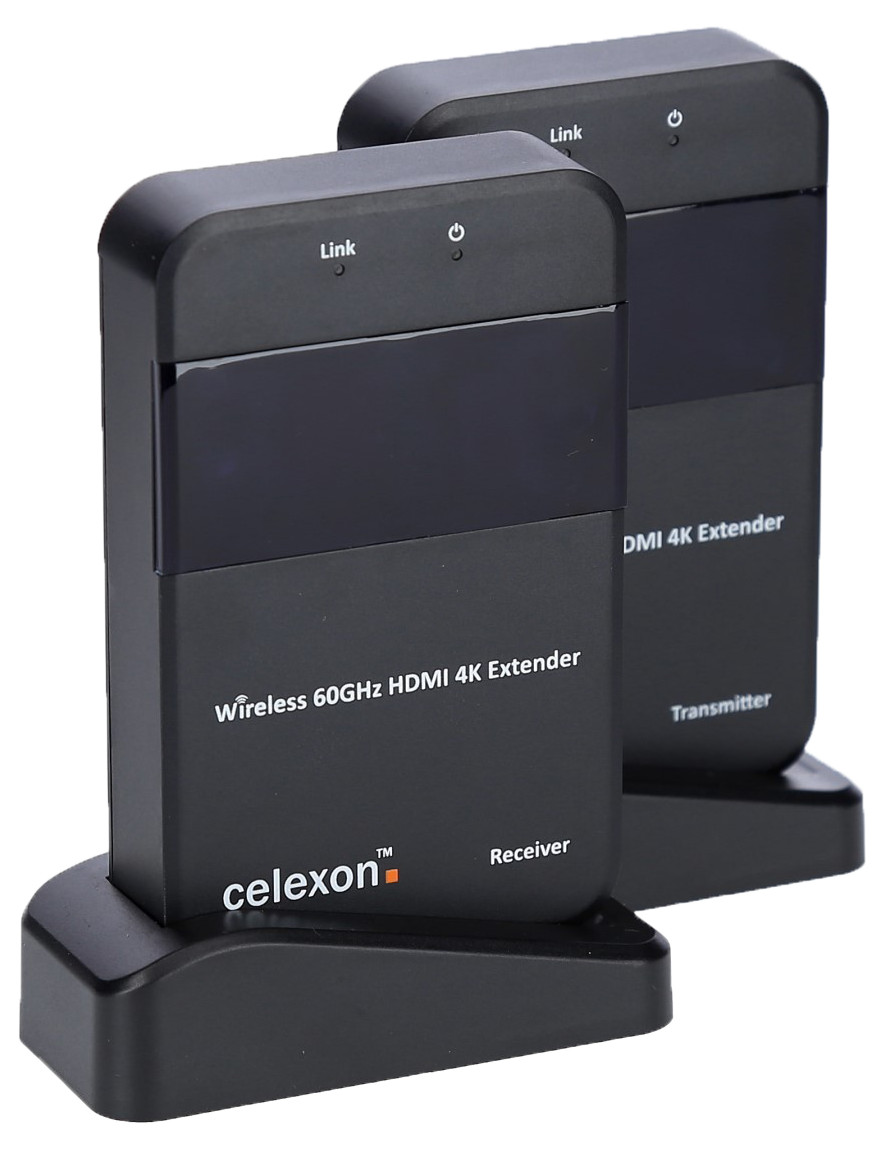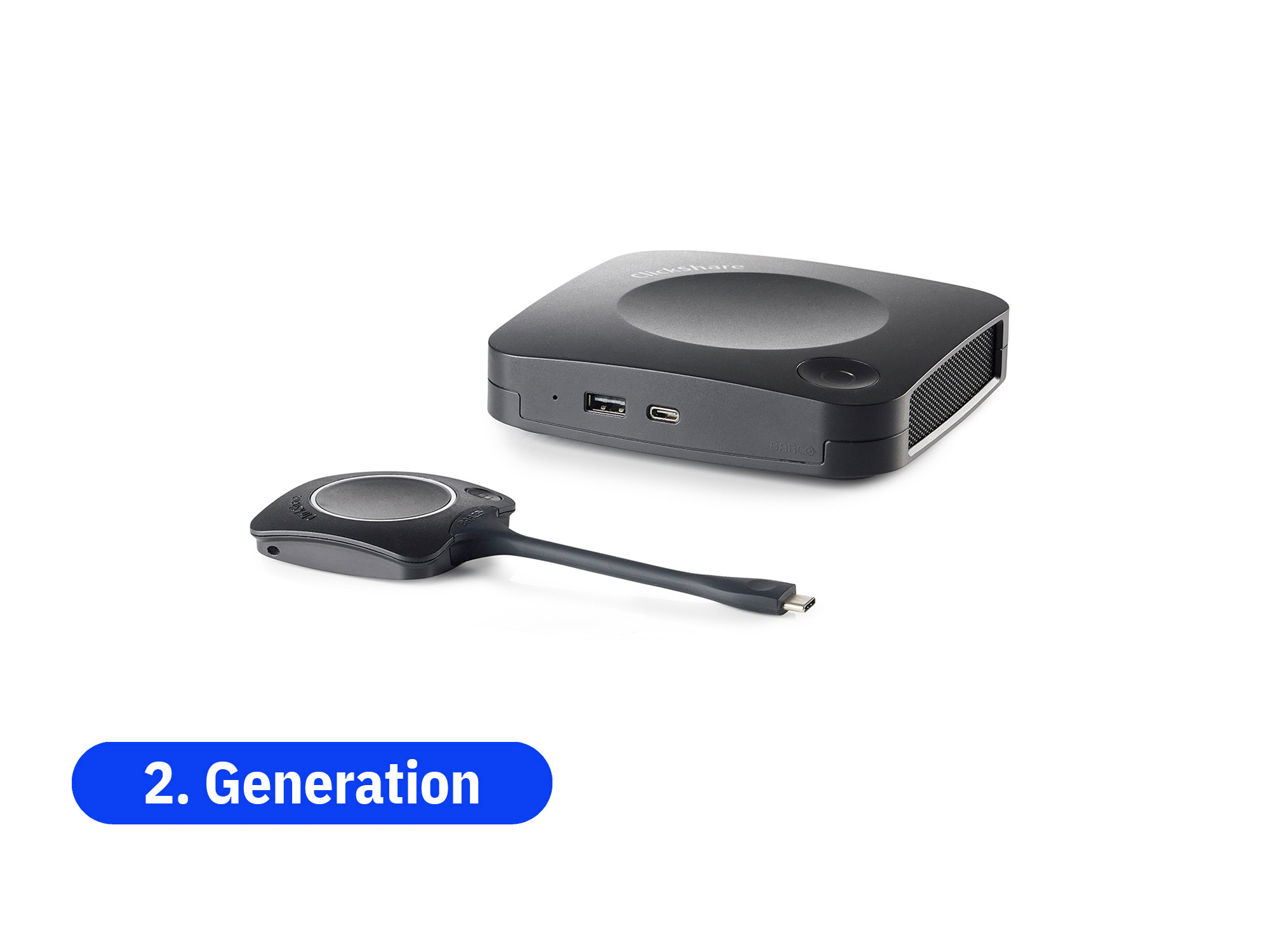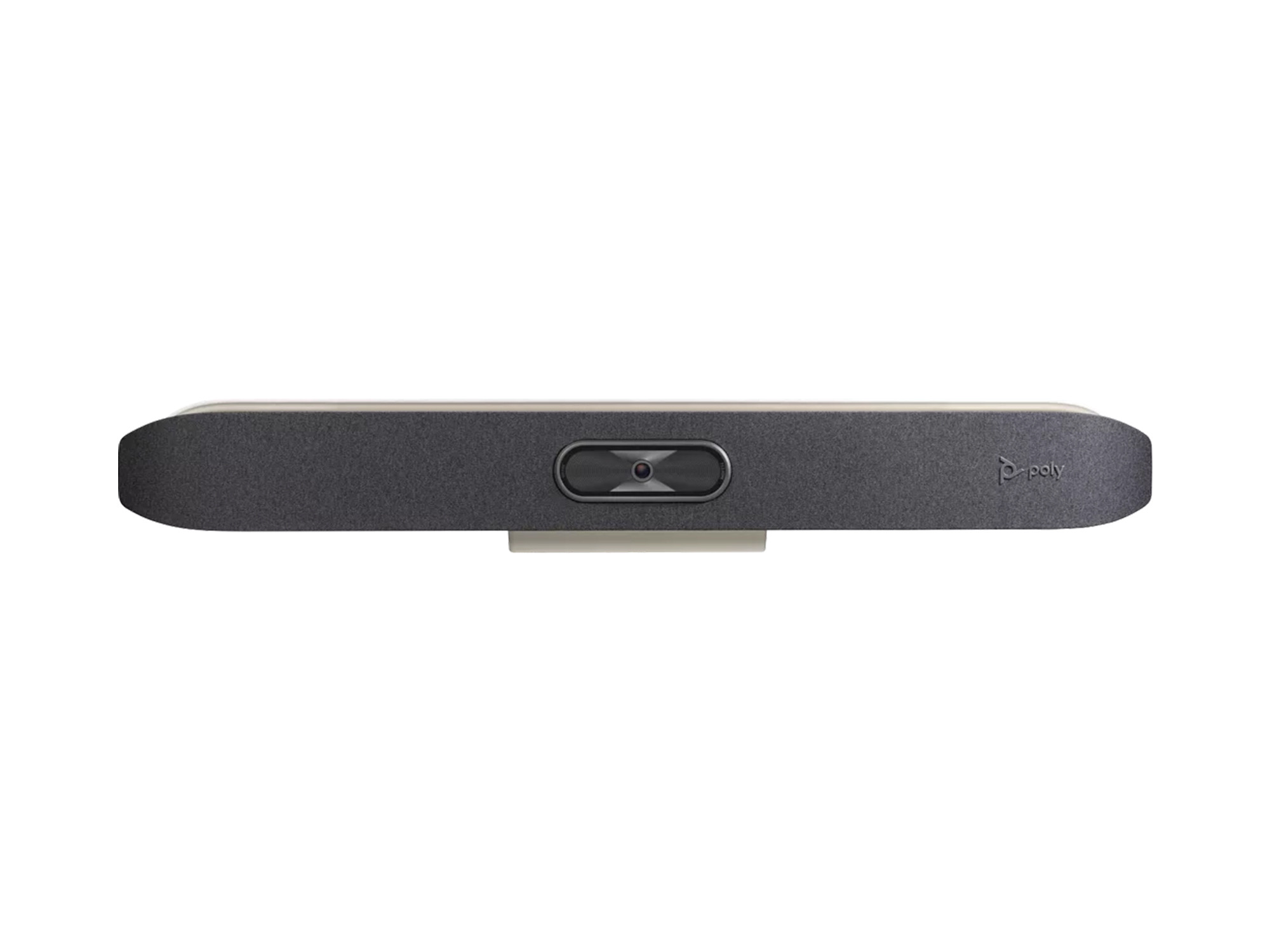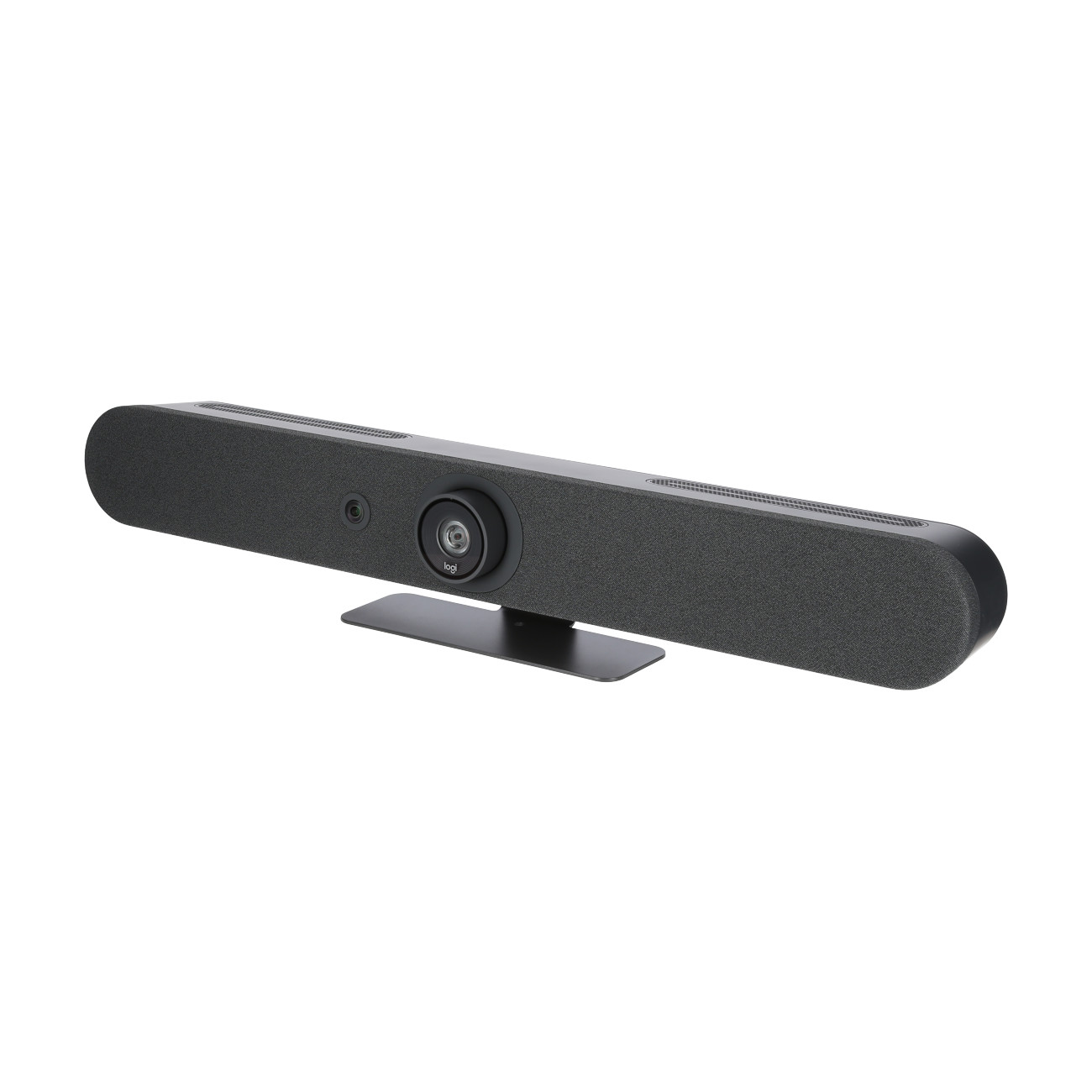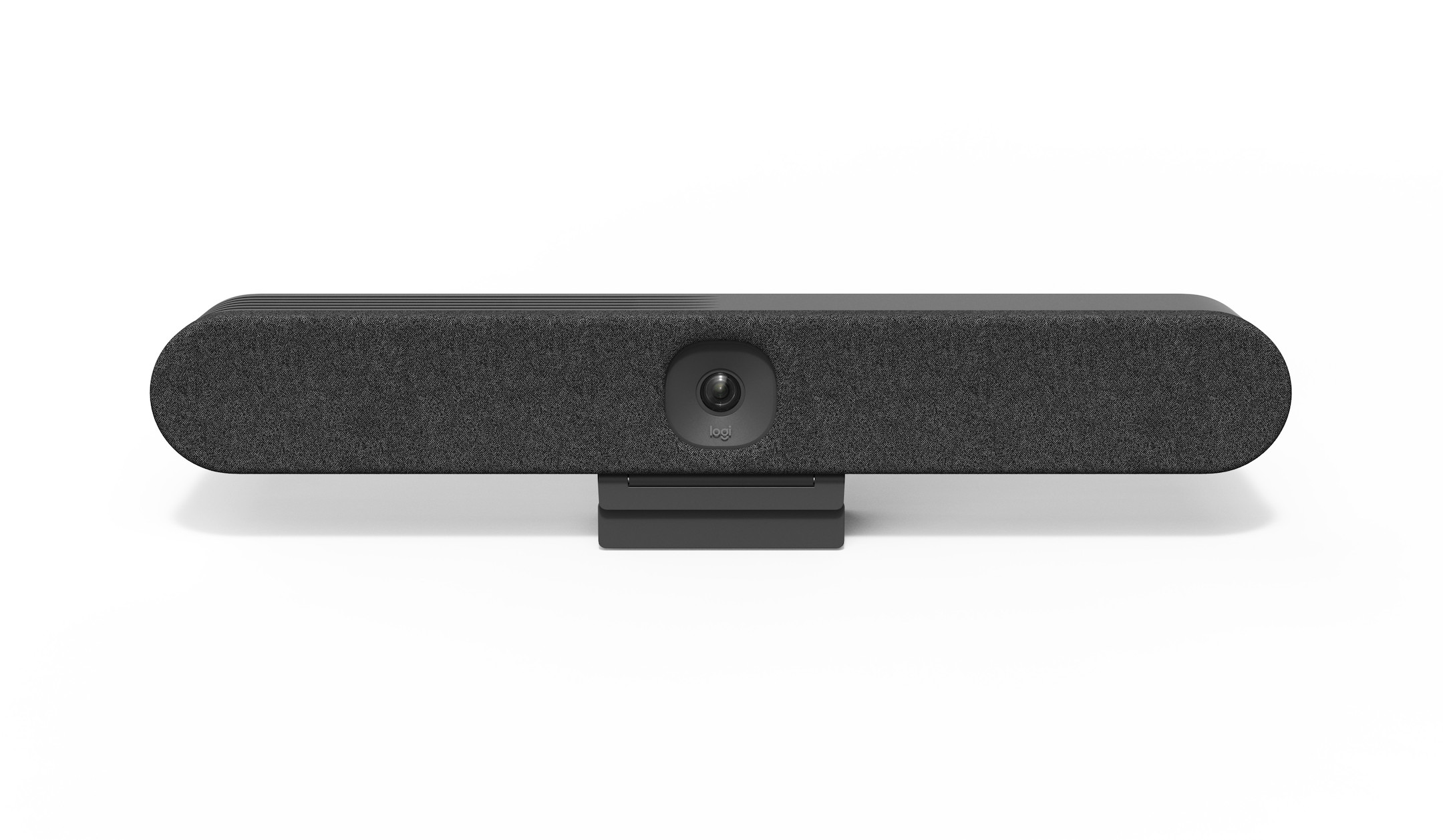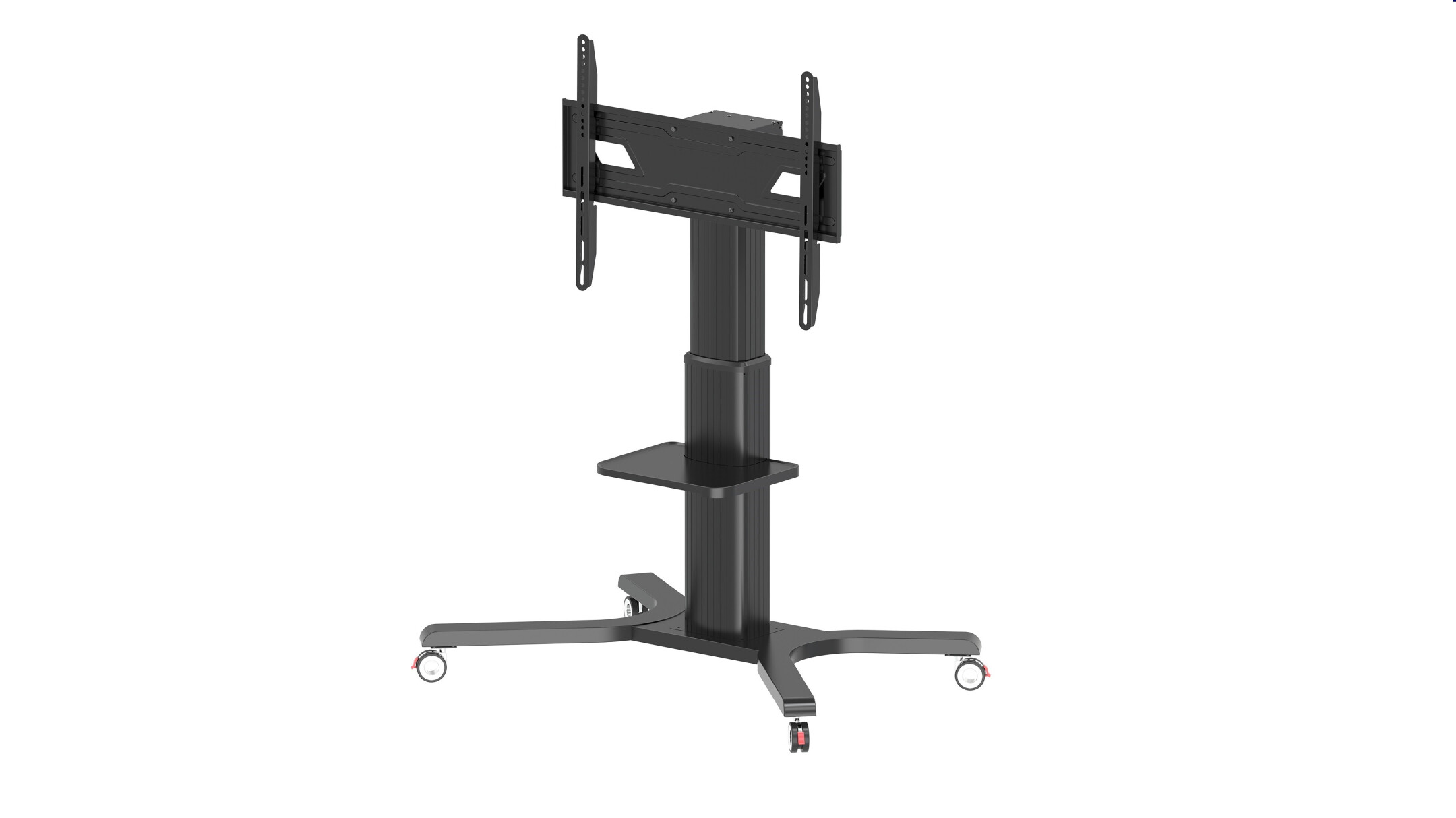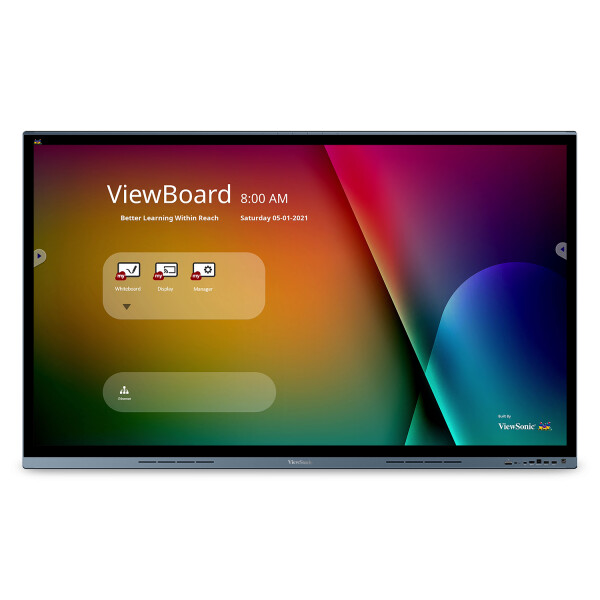



























£3,716.40*
- Resolution 3840 x 2160 4K UHD
- Max. Brightness 450 cd/m²
- Panel type IPS
- Contrast Ratio 5,000 :1


Frequently purchased together
Product information
The ViewSonic® ViewBoard® IFP7562 enables limitless collaboration and innovation - from boardrooms to interactive workgroups. This next-generation digital whiteboard is designed to help teams connect, collaborate and create. It provides exactly what you need to move your ideas forward. The high-quality, state-of-the-art design features a frameless PCAP (projected capacitive) touchscreen with incredible 4K Ultra HD resolution. This high-precision interactive screen provides an incredibly natural and responsive handwriting experience. Using fingers, pens or both, multiple users can write or draw simultaneously on the huge 75" ViewBoard panel. Plus, meetings and presentations can get started quickly thanks to convenient USB-C connectivity via a cable.
POWERFUL 4K TOUCHSCREEN
Perfect for heavy use in meeting rooms or classrooms, this display features an anti-reflective tempered glass screen for enhanced durability and clarity. The 20-point Projected Capacitive (PCAP) touch technology provides extremely smooth and natural handwriting, while the 4K Ultra HD resolution delivers incredibly vivid and lifelike images.
Slim and Sleek Design
This sleek, slim and less than an inch thick premium LCD display looks as good as it performs. The edge-to-edge glass screen and bezel-less design enhance interactivity and viewing.
PRACTICAL USB TYPE-C
Meetings and presentations start quickly with USB Type-C connectivity via a single cable. Users can simply walk into a room, plug in their device and immediately start sharing information on the ViewBoard display. In addition to fast data, audio and video transfer, USB Type-C also offers fast 65W charging and touch pass-through over a single cable.
INTEGRATED MIC ARRAY
An integrated microphone array with echo cancellation and noise reduction technology ensures clear speech and sound during video conferences. The microphone can also pick up sounds from up to 26 feet away.
OPTIONAL SLOT-IN-PC
Depending on your specific collaboration needs, you can choose an optional ViewSonic slot-in PC that provides additional computing power and advanced features. Options include Intel Core i5 and i7 processors, as well as Windows 10 Pro and Zoom Room systems.
MYVIEWBOARD™ ANNOUNCEMENT SOFTWARE
MyViewBoard digital whiteboard software combines enterprise-level security with cloud-based portability and annotation tools to improve the way your team collaborates and shares. Convenient features include secure single sign-on to your favourite cloud drives, easy conversion of common office files, QR code sharing and more.
Device Management
myViewBoard Manager is an easy-to-use, web-based application that lets you securely set up, manage and maintain all your displays from one central dashboard.
VIEWBOARD CAST SOFTWARE FOR SHARED CONTENT USE
ViewBoard Cast™ allows content to be streamed from mobile devices to the display over wireless or wired networks. Multiple users can simultaneously annotate content (e.g. documents, cloud files, multimedia, etc.) on their devices in real time and then stream and share that content to the ViewSonic large format display.
IMMERSIVE STEREO SOUND
Equipped with two stereo speakers and a 15W subwoofer, this display combines incredible, room-filling sound with amazing screen performance for an immersive multimedia experience.
Technical data
| Name | ViewSonic IFP7562 75" Touch display |
|---|---|
| Article number | 1000023800 |
| GTIN/EAN | 0766907012071 |
| Manufacturer SKU | IFP7562 |
| Model name | IFP7562 |
| Brand | ViewSonic |
| Product Type | Touch display |
| Product Series | ViewSonic IFP62 Series |
| Technology | LCD |
| Panel type | IPS |
| Resolution | 3840 x 2160 4K UHD |
| Diagonal | 75" |
| Aspect Ratio | 16:9 |
| Viewing angle - Horizontal | 178° |
| Viewing angle - Vertical | 178° |
| Contrast Ratio | 5,000 :1 |
| Max. Brightness | 450 cd/m² |
| run-time | 16/7 |
| Response time | 8ms |
| Support - VESA | 800 x 600 |
| Frame width | 31.1 mm |
| Inputs | 1x RS232 , 1x USB-C , 2x Ethernet , 2x USB-B , 4x HDMI , 6x USB-A |
| Outputs | 1x 3,5mm Jack , 1x HDMI |
| Features | Integrated speaker , Touch screen |
| Product width | 171.2 cm |
| Product height | 103.1 cm |
| Product depth | 7.8 cm |
| Weight | 50.1 kg |
| Colour | Black |
| EEK Spectrum | A to G |
| Delivery contents | Batteries , HDMI Cable , Power cable , Remote control , USB-C Cable |
| Condition | New |
| Warranty | 24 Month |
| Warranty type | Bringin service Service and support information |
Product safety
| Person responsible for the EU |
|---|
| ViewSonic Technology GmbH |
| Fürst-Leopold-Platz 1 |
| 46284 Dorsten |
| Germany |
| sales-uk@viewsonic.com |




